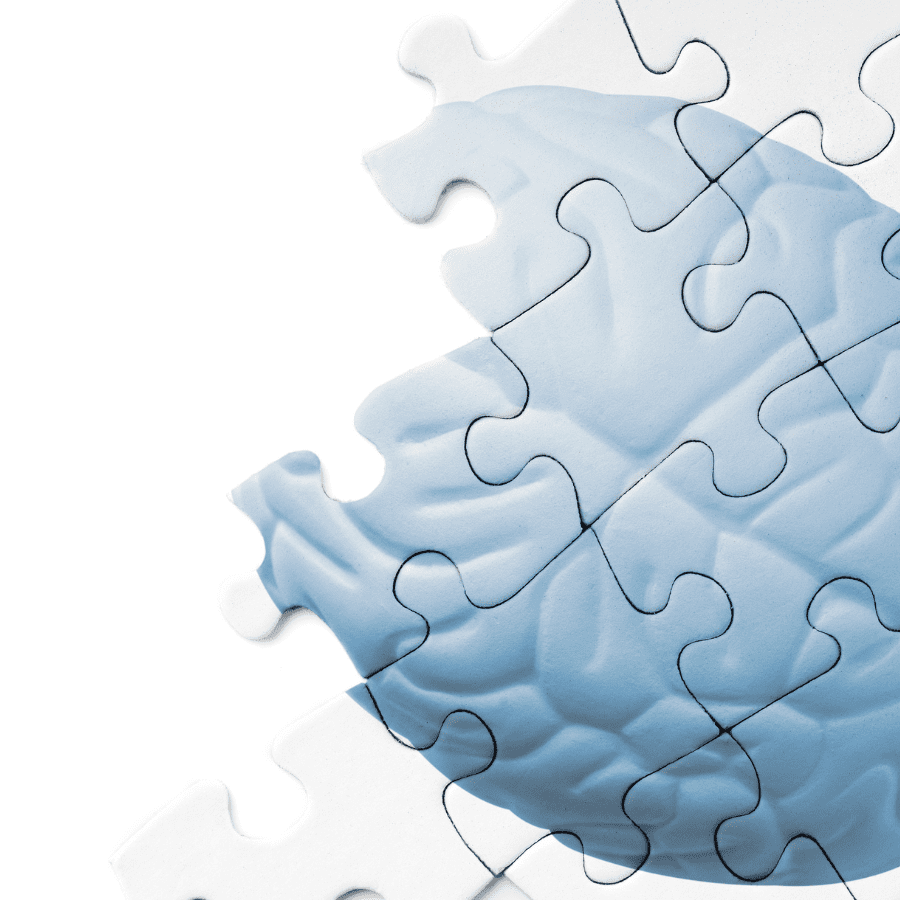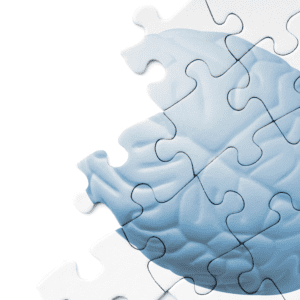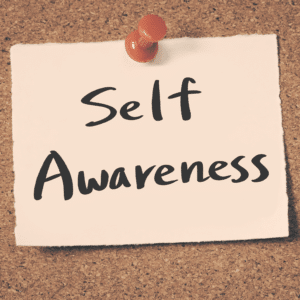개요
비판적 사고는 학교와 집에서 배워야 할 중요한 기술입니다. 비판적 사고는 단순히 시험 자료를 이해하는 것 이상을 의미합니다. 정보를 효과적으로 처리하고, 자신의 생각과 다른 사람의 생각을 평가하고, 자신이 아는 바에 따라 올바른 결정을 내리는 것입니다. 교육자로서 우리는 학생들이 이러한 기술을 개발하기를 바랍니다. 왜냐하면 이 기술은 크고 작은 문제를 해결하는 데 도움이 될 것이기 때문입니다. 하지만 어떻게 하면 거기에 도달할 수 있을까요? 교사가 학생들이 비판적 사고 기술을 개발하도록 도울 수 있는 몇 가지 방법은 다음과 같습니다.
1. 자녀가 논리적 오류를 인식하도록 도와주세요.
Logical fallacies are errors in reasoning. They’re common in arguments and can be used to manipulate people, but they don’t necessarily have any bearing on the truthfulness or strength of an argument itself.
One example of this is ad hominem–arguing against someone’s character rather than their ideas. If you say “you’re wrong because you’re selfish,” that doesn’t mean anything about whether or not what you said was true! Another example is straw man: misrepresenting someone else’s argument so that it can easily be refuted (and therefore make yourself look smarter). For example: “I don’t think we should spend money on helping poor people because they’ll just spend it all on alcohol.” This might sound like a good argument at first glance–after all, isn’t there some truth to it? But really all this person has done here is take an idea from another person’s perspective and twisted it into something else entirely so that he/she can attack an easier target instead of challenging his/her actual point of view directly (and maybe even learn something new).
2. Teach them to explore all sides of an issue.
Teach your students to explore all sides of an issue.
You can do this by asking them to come up with a list of pros and cons, or the advantages and disadvantages of something. Explain that there are always multiple points of view on any issue, and that it’s important to understand both sides before making decisions or judgments about what is true or false.
3. 그들이 소비하는 미디어에 대해 비판적으로 생각하도록 도와주세요.
Media literacy, or the ability to critically analyze and evaluate media, is an important skill for students to develop. In order to help them do this, you should encourage them to ask questions about how the media is biased and what kinds of messages it sends. They should also learn how to analyze these messages so they can make informed decisions based on their own critical thinking skills instead of just following along with what they see in the news or on social media sites like Facebook or Twitter.
You should also teach students how they can use the media effectively in their own lives: for example, if you want people who are watching your movie trailer online (or even better yet at home) will then go out buy tickets for opening day!
4. 학생들의 아이디어에 도전한 다음, 더 나은 아이디어로 응답하도록 하세요.
학생들이 비판적 사고 능력을 개발하도록 돕기 위해 먼저 비판에 개방적인 태도를 갖도록 가르쳐야 합니다. 학생들이 자신의 아이디어와 이를 개선할 수 있는 방법에 대해 생각하도록 격려함으로써 이를 수행할 수 있습니다(예: 소크라테스식 방법 사용). 학생들의 개방성을 장려하는 또 다른 방법은 서로의 실수와 성공에서 배우도록 동료 평가나 평가 기준을 사용하는 것입니다.
5. 학생들에게 자신의 문제를 정의하고 스스로 해결책을 만들도록 요청하세요.
As you can see, critical thinking is an important skill to develop in students. The best way to do this is by encouraging them to think critically about their own lives and problems.
In order for students to develop critical thinking skills, they need opportunities where they can practice them. One great way of doing this is by asking your students: “What’s the problem?” or “How can we solve this?” You could also ask them what they think would happen if they did something differently next time around.
6. 학생들이 수업과 집에서 개발하기를 원하는 기술을 강화하기 위해 과제, 논문, 시험에 대한 피드백을 자주 제공하세요.
- 학생들이 학교와 집에서 개발하기를 원하는 기술을 강화할 수 있도록 과제, 논문, 시험에 대한 피드백을 자주 제공하세요.
- 정기적으로 (최소 분기에 한 번) 피드백을 제공하세요.
- Focus your comments on the strengths and weaknesses of their work rather than just telling them what they got right or wrong. This helps students understand how they can improve their work going forward.
비판적 사고 능력을 개발하는 것은 학생들에게 다양한 방식으로 비판적으로 생각하는 방법을 가르치는 데 중요한 부분입니다.
Critical thinking is an important part of teaching students how to think critically in a variety of ways. Students need critical thinking skills to be successful in school, college, and life. Critical thinking helps them think more clearly and make better decisions. It also helps them be more creative and innovative.
By developing these skills during the early years, you can help your child develop a lifelong love of learning that will benefit them throughout their educational career (and beyond).
결론
The best way to develop critical thinking skills in your students is by helping them recognize logical fallacies, explore all sides of an issue, think critically about media they consume and challenge their own ideas. You can also give frequent feedback on assignments, papers and tests to reinforce the skills you want them to develop in class and at home









